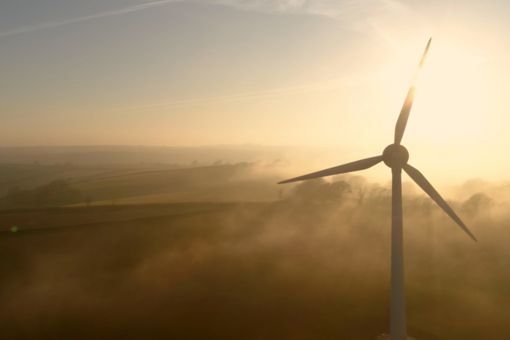The renewable energy sector has experienced enormous growth in the last ten years. In 2022, the use of renewable energy worldwide grew by 10 per cent compared to the previous year. However, only 14 per cent of total energy consumption currently comes from renewable sources.
It is estimated that the share of renewable energy in the global primary energy supply will increase to 77 per cent by 2050. In order to achieve this target, the use of renewable energies must triple by 2030 compared to 2022, which corresponds to an annual increase of 1,200 gigawatts.
Fragile supply chains and a lack of storage solutions are slowing down the energy transition
Currently, renewable energy developers, investors, utilities and other stakeholders face too many hurdles to achieve this level of growth - from fragile supply chains to a lack of storage solutions.
Renewable energies: These are the ten main obstacles
In our global report "Turning the Tide in Scaling Renewables", we identify ten main obstacles that stand in the way of the expansion of renewable energies and present innovative solutions.
Michael Salcher
Regionalvorstand Ost, Head of Energy & Natural Resources
KPMG AG Wirtschaftsprüfungsgesellschaft
Concrete solutions in our global report
The report contains practical examples of companies that have overcome these obstacles. It also provides insights into the increasing investment opportunities in the renewable energy sector and the importance of cooperation and partnership in the realisation of projects.
This is what the report offers you:
- In order to achieve the climate targets, the use of renewable energies must be tripled by 2030. Find out how this is possible in the report.
- Overcoming ten critical barriers: We identify concrete solutions to the barriers that are slowing down the energy transition.
The report is based on extensive research and draws on insights from over 100 renewable energy experts worldwide, including developers, investors and utilities. It helps address the barriers to scaling renewable energy and drive the transition to clean energy.



